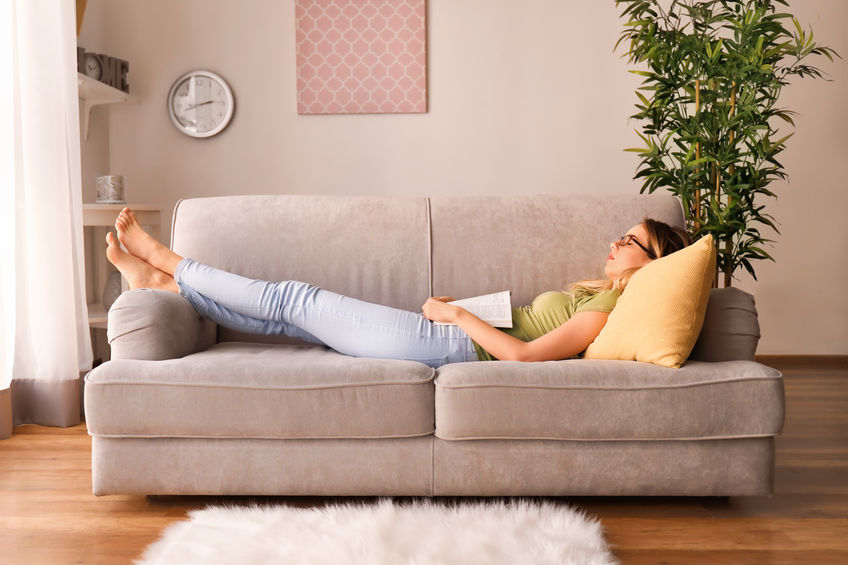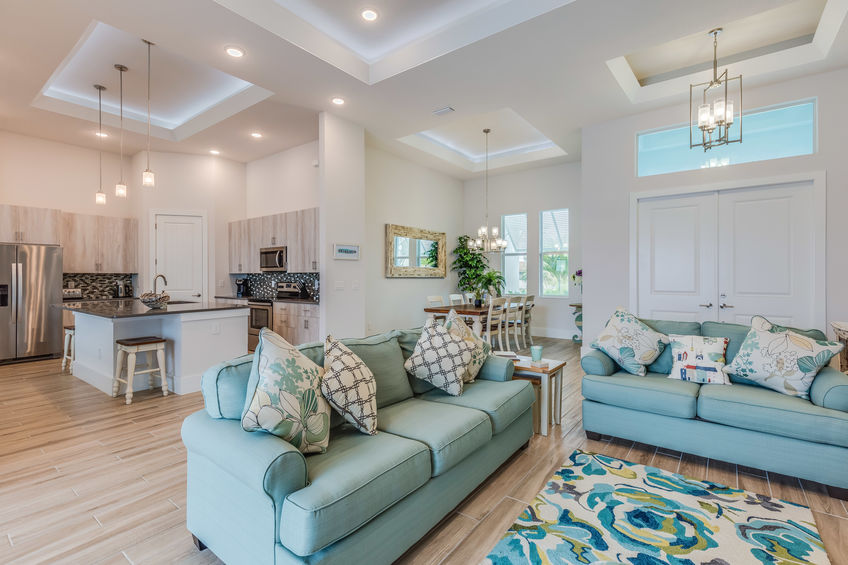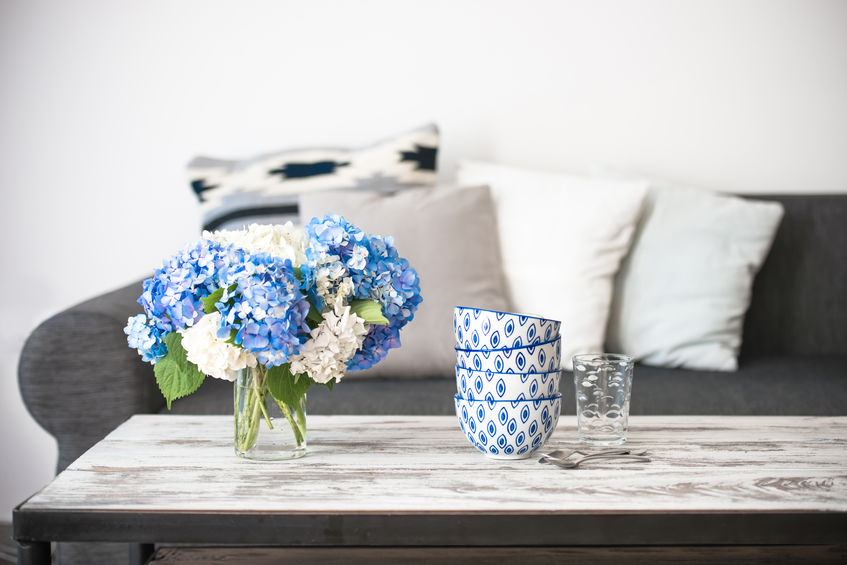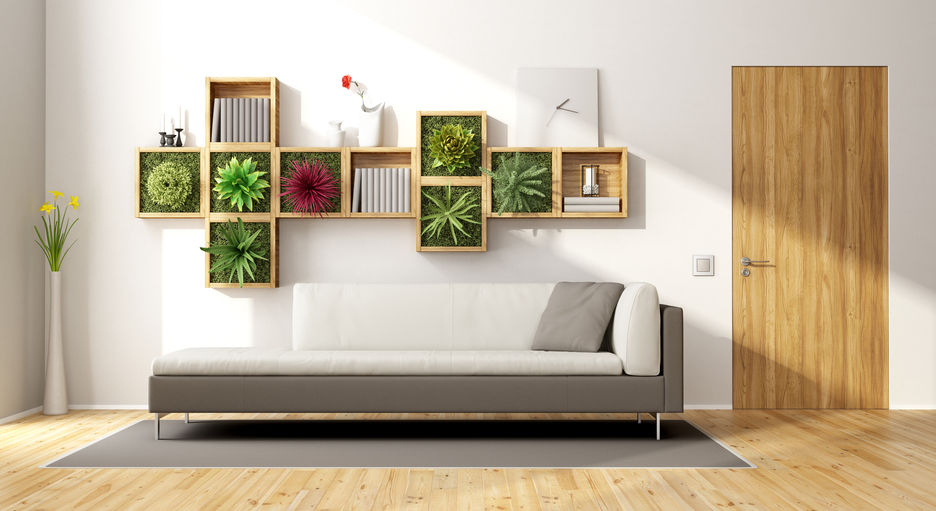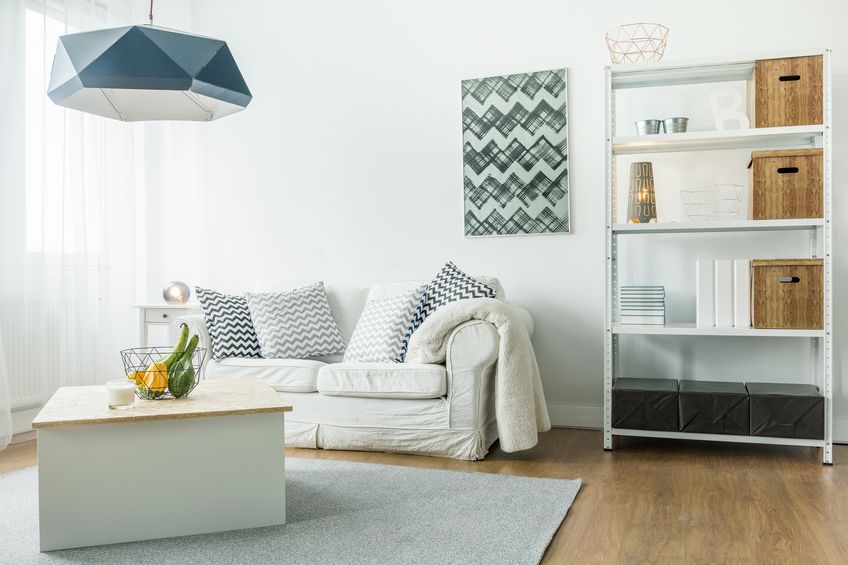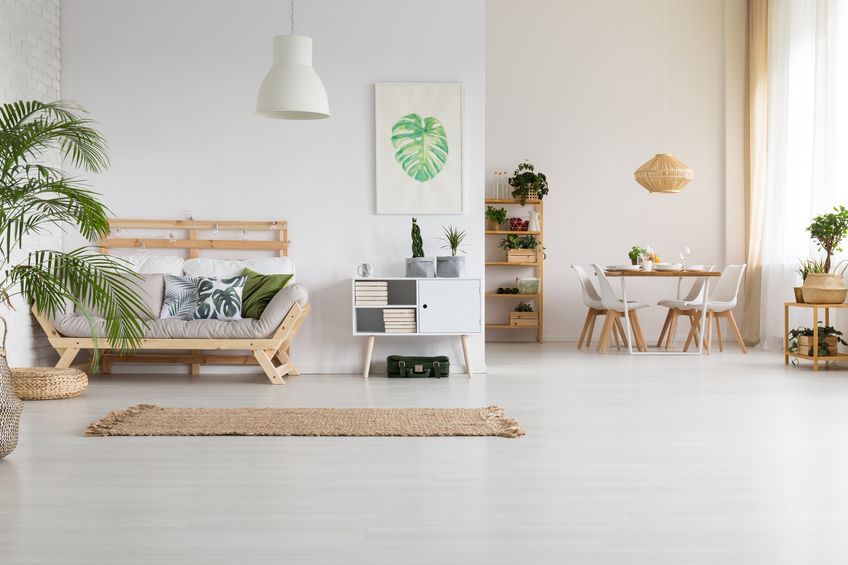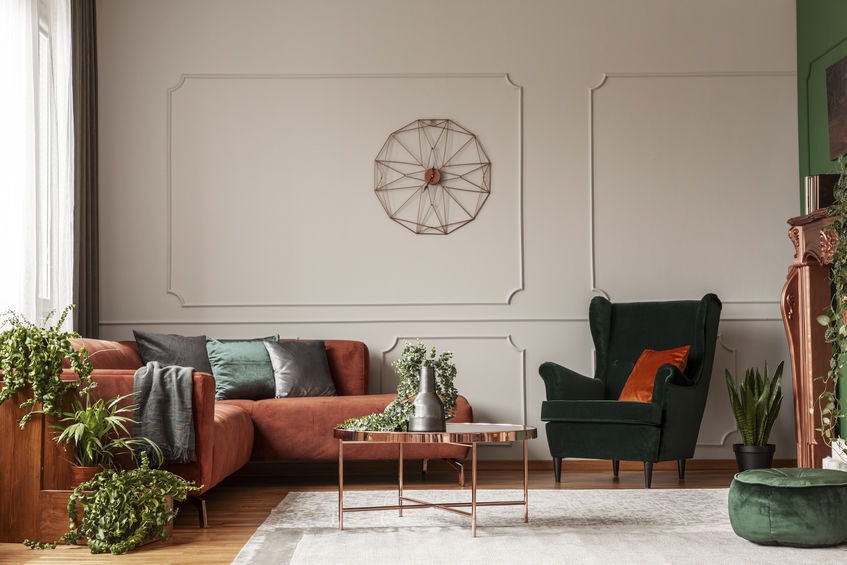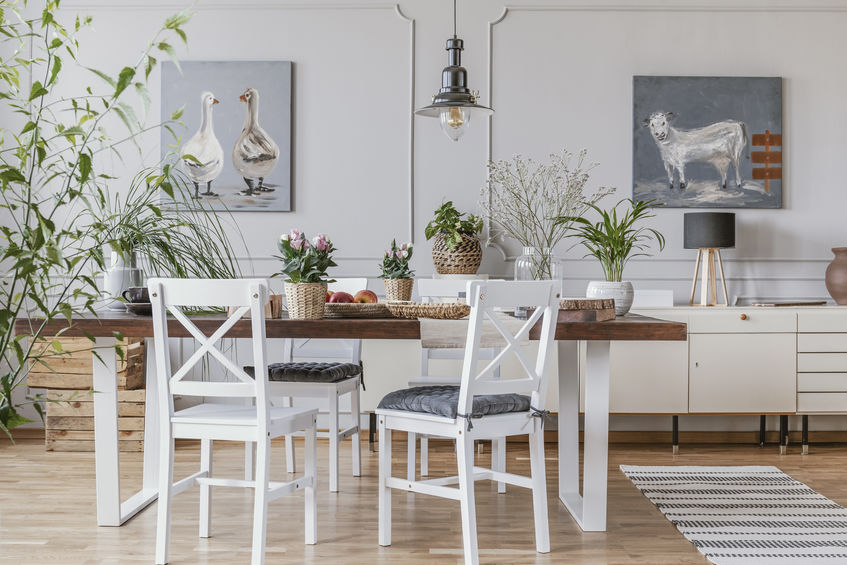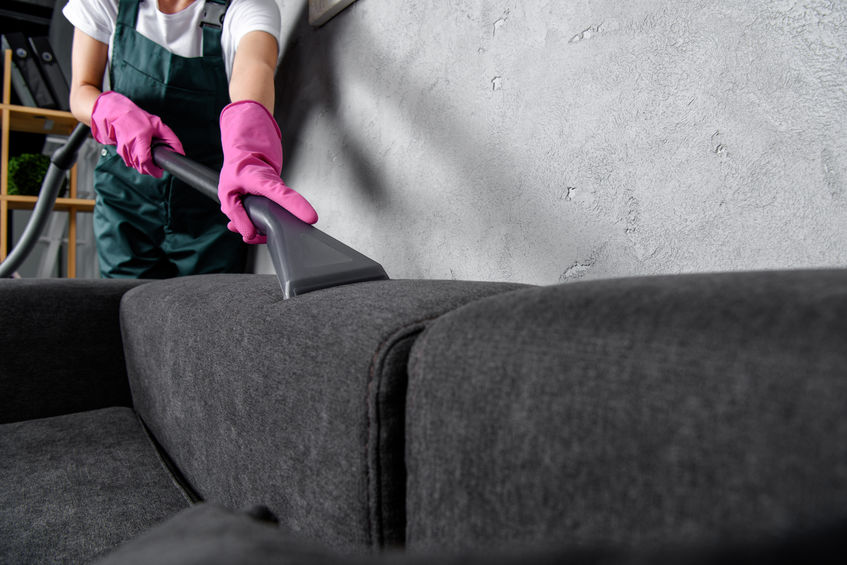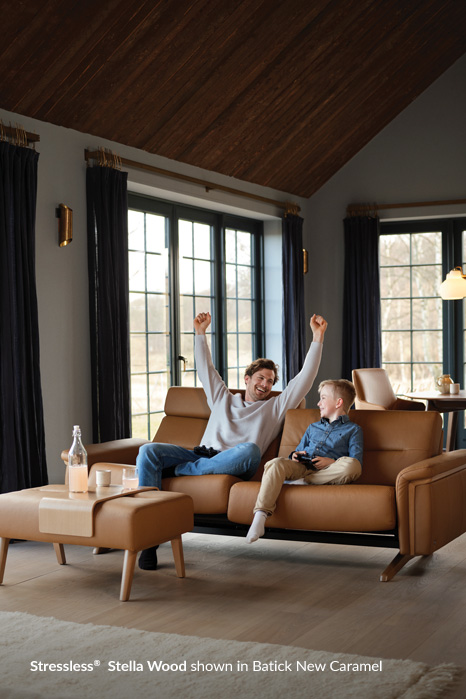There are some pieces of furniture that certain people swear by, while others know they’d be a waste of money in their own homes. For example, your friend might get great use out of an armoire to help organize their massive closet, but with your minimalist clothing style the same armoire would just sit in your house gathering dust. Pieces that fall somewhere in the middle—ones you can see the potential in but aren’t sure if you’d really use them—can be a tough call.
One thing that we can assure you though, is that a quality sleeper sofa should be at the top of the “worth it” list for every home. With all the advantages they offer for you and your space, there’s no question you’ll get a lot of use and happiness out of your purchase—and here’s why!
You’ll have an extra sleeping space that won’t break anyone’s back.
A comfortable sleeping alternative will come in handy more often than you might think. There are many possible scenarios over the years that will call for additional sleeping space, sometimes without much notice. It might be friends or relatives passing through town, a slumber party for your kids, or a few nights when your spouse has to wake up much earlier and doesn’t want to disturb you. Whatever the situation is, you’ll be glad to have a decent place to crash when it happens.
Sleeper sofas save space.
A sleeper sofa is a multifunctional furnishing that serves as two major pieces of furniture in one. Therefore, any room you put it in will become multifunctional too. This is ideal for smaller spaces, such as one-bedroom and studio apartments, or if you don’t want to sacrifice an entire spare room to a guest room. A sleeper sofa will take up less space while still serving the function you need. Another space-saving perk is that many sleeper sofa models come equipped with extra storage components.
They save money too.
Buying a sleeper sofa doesn’t just give you two pieces of furniture for the space of one—you get two pieces for the price of one too! If you don’t want to spend money on an entire extra bed, a sleeper sofa is a great compromise for your budget without as much compromise on quality as other options (seriously, who wants to sleep on a futon?!). Plus, if you’re just looking for an extra sleeping space for when you have visitors, you can transform any part of the house into a guest room without actually having to spend the money to decorate and furnish a full guest room.
Sleeper sofas are versatile.
Sleeper sofas are designed to work in any type of space. You’ll have a lot of options to work with when it comes to finding a spot for one in your home. A bed may look funny in the home office, but a couch to relax on that happens to turn into a bed when you need it? That will be useful and enhance the look of the space! The bed feature is discreet on sleeper sofas and they’re available in a wide variety of colors, patterns, fabrics, sizes, and styles to work with any interior.
A sleeper sofa offers convenience.
Not only does a sleeper sofa provide a comfortable extra sleeping solution, it does so at a moment’s notice. Transforming this piece from a couch to a bed is a quick and easy process, so you won’t have to worry about dragging out an air mattress if an overnight guest spontaneously stops by. Sleeper sofas are also convenient because they’re easy to set up and move around. Whether you just want to move your sofa to a different spot in the same room, a different area of the house, or are moving houses altogether, it’ll be no hassle.
If you’re looking for a good deal on a top-quality sleeper sofa, Sherwood Studios has you covered!
Our selection of comfortable sleeper sofas spans a wide variety of styles, price points, and sizes to fit any room in any house. Plus, our team of interior designers are on hand to help you find the perfect one for your space. Stop by the store today for your dreamy sleeper sofa and all of the other home furniture you need!



